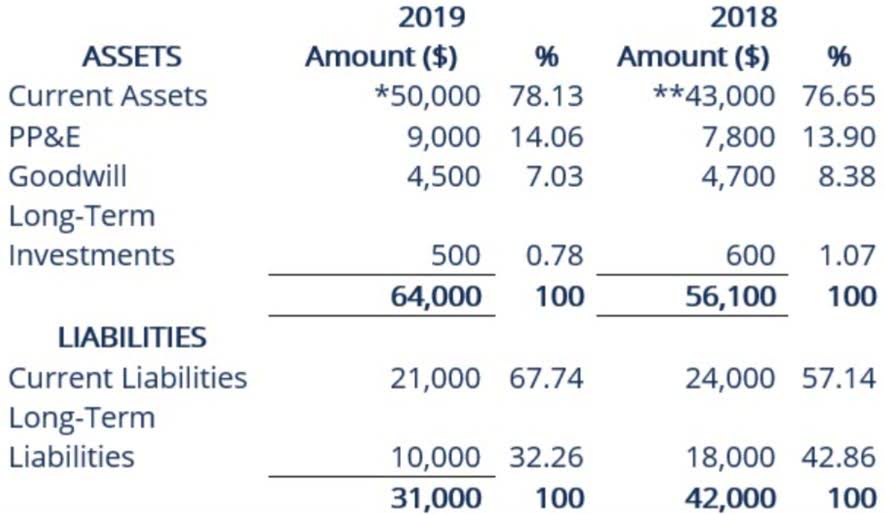
While risk aversion varies from person to person, generally, investors are willing to pay more for less risky assets. As such, assets with less risk will carry lower cap rates than assets with higher risk. Apparently, policymakers and banks played a crucial role in the housing boom by providing easy access for mortgage loans. As a result of innovations in the financial sector and low interest rates, mortgage loans flooded the housing market. The increasing demand with easy credits generated house price inflation, and capitalization rates fell to unprecedented levels.
- Volatility profiles based on trailing-three-year calculations of the standard deviation of service investment returns.
- In her spare time, Miranda enjoys traveling, actively engages in the entrepreneurial community, and savors a perfectly brewed cup of coffee.
- The capitalization rate is partly a measure of return, and partly an indicator of the price of rental property in the commercial real estate investment market.
- The above representation matches the basic formula of the capitalization rate mentioned in the earlier section.
- To understand those guidelines, you first need to understand the difference between the two types of assets.
- Although there is some debate among investors on whether to use the current market value or the purchase price, the majority of investors work with the current market value of the property.
In its simplest form, investors determine the cap rate of a property by dividing the property’s annual net operating income by the value of the asset. The resulting number is a percentage, and it’s how investors understand the potential return on a property. Essentially, the cap rate represents the financial returns of a property over a single year. capitalization rate formula A cap rate, otherwise known as a capitalization rate, is one of the most important fundamental indicators for determining whether a property is worth pursuing. Not surprisingly, cap rates have proven instrumental in building some of today’s most prolific real estate investment portfolios, and there’s no reason it couldn’t help you do the same.
Capitalization rate (cap rate)
Please contact your state or local unemployment agency if you have questions. Banking services, credit, and debit card provided by The Bancorp Bank, N.A. There are three conventional ways of property valuation, and they all rely on the basis of comparison. It is not the way on which you should ever base your final decision, though it can give you a quick initial idea if it’s worth spending more time to check the offer in detail. However, if you are considering buying a house or an apartment without a precise concept, you will most probably find plenty of offers on the market. If you quickly sort out the ones which are not worth considering, you can save a lot of time.

Property values based on capitalization rates are calculated on an “in-place” or “passing rent” basis, i.e. given the rental income generated from current tenancy agreements. The ERV states the valuer’s opinion as to the open market rent which could reasonably be expected to be achieved on the subject property at the time of valuation. The capitalization rate (also known as cap rate) is used in the world of commercial real estate to indicate the rate of return that is expected to be generated on a real estate investment property.
When and What Should a Small Business Capitalize?
As a general rule, the formula will determine a higher cap rate for properties with a higher net operating income and lower valuation. On the flip side, properties with a lower net operating income and higher valuation will have a lower cap rate. But it’s important to realize that many factors can impact the cap rate, including market, location and property type. By setting fixed-asset thresholds and requirements, you will ensure a proper balance between expenses and assets appropriate for your business operation. Most importantly, your monthly financial reports will reflect the true financial picture for your company and point towards operational business success. The Internal Revenue Service has established “tangible property” regulations governing a business’s fixed asset record keeping.
- If you’re purchasing a residential home, you can get a low rate with the providers on our list of the best investment property loans.
- In its simplest form, a cap rate is nothing more than an equation, one that will identify how much an investor stands to make or lose if they end up buying the property in question.
- As you can easily calculate, your net cash flow will be equal to zero after ten years, which means that you will actually start to make money on this investment from the eleventh year onwards.
- The risk tolerance varies by the specific investor, which goes hand-in-hand with the prior factor, as undertaking incremental risk must be compensated with a higher return.
In residential, the market values homes predominantly through comparable sales or comps. In commercial real estate, investors are seeking a return on their investment. The primary form of that return is the income the property can generate and distribute to investors. Capitalization rates are a tool for investors to use for estimating the value of a property based on its net operating income (NOI).
Cap Rate Primer
Investors use the cap rate as a quick guide to an investment’s value compared to other similar real estate investments. The capitalization rate shows the investor his rate of return on the investment. While calculating Net Operating Income, depreciation is not included since only operating expenses are deducted.



